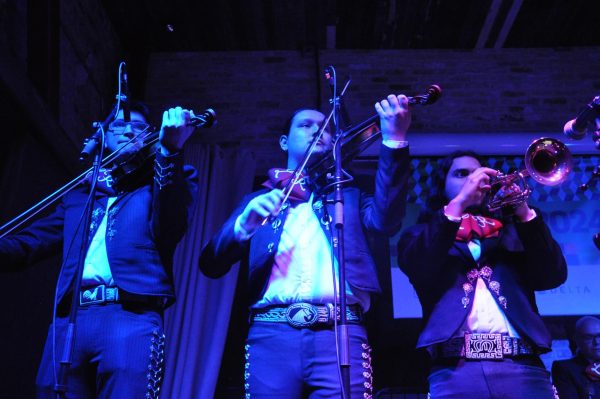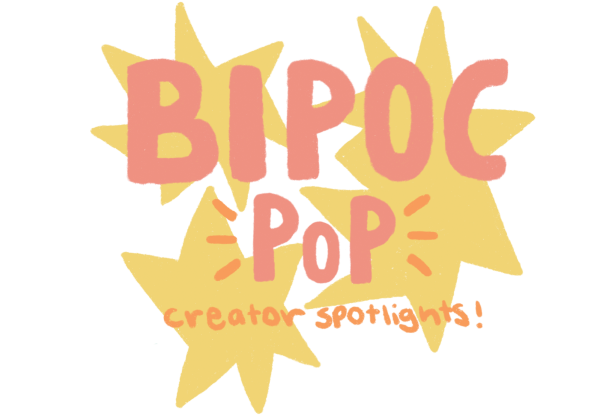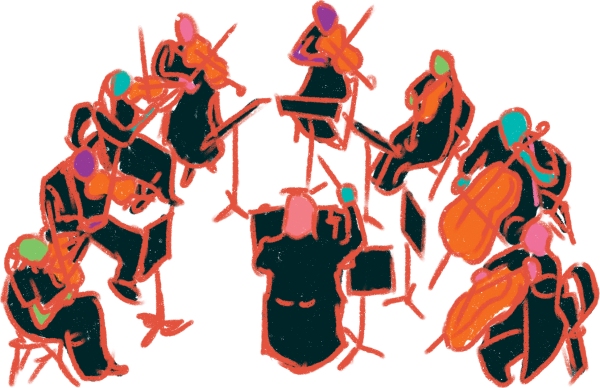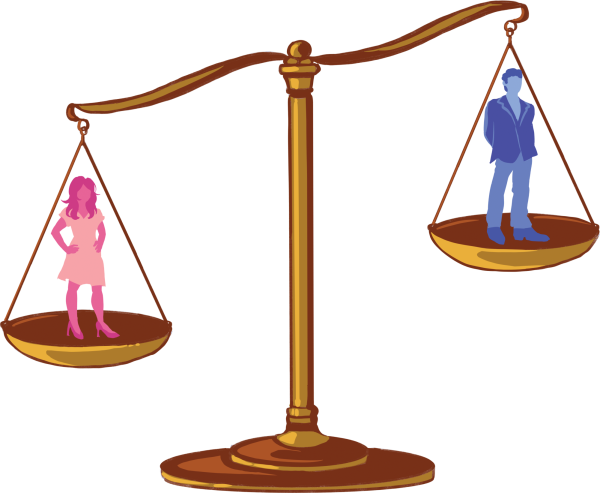Editorial: Accessibility in Education
April 25, 2023
For large portions of my life, I’ve felt at least partially defined by other people’s expectations about me, especially relating to my autism and hearing impairment. After attending several panels at South by Southwest EDU (SXSW EDU), I was reminded of just how common this feeling is.
It often feels like people will have this idea in their mind of a singular marginalized person — of a singular disabled person, a singular trans person, a singular anything, and instead of actually taking the time to get to know a person, people will just superimpose that marginalized idea on top of disabled people, regardless of whether or not it’s even based on any factual information or even applies to that person. One presentation I attended that dealt with this idea was by Aya Waller-Bey, a doctorate candidate at the University of Michigan who interviews Black students about the pressure to write college essays about trauma.
“In most predominantly white schools in this country, [students] often felt like their identities were linked to struggle,” Waller-Bey said. “There was an assumption that to be Mexican in this country or to be Black in this country meant that you’ve had to endure some type of struggle or trauma.”
According to Waller-Bey, this assumption is part of the reason that students of color are often pressured to write essays about whatever traumatic experiences they might have experienced. As a white student, this is something that I have never had to face, however, I have dealt with similar expectations relating to my hearing impairment where people will assume that because I wear a hearing aid, my life must automatically be filled with suffering and hardship.
There are also numerous assumptions that come with being neurodivergent, a term that refers to having any difference in brain function from what is considered ‘normal’. In my case, that’s Autism and ADHD. Because there are so many different diagnoses that fall under the umbrella of neurodivergence, there is no one neurodivergent experience. I’ve lost count of the amount of times I’ve had people assume that I don’t have autism because I can talk and make eye contact. The CEO of Texthelp, Martin McKay, is seeking to help solve this problem with his company, which provides accommodations for people with dyslexia.
“If you speak to a lot of people, they correlate dyslexia with low intelligence, and they think that because people have difficulty reading they’re not smart, and that’s not the case,” McKay said.
The majority of neurodivergent people are still just as capable of doing work as their neurotypical (non-neurodivergent) peers. Including diverse perspectives on teams is also becoming more of a priority for job seekers. According to a 2020 study by Glassdoor, 76% of job seekers use diversity as an important factor when considering job offers. Despite this, unemployment and college enrollment rates are consistently worse among marginalized groups.
“Universities use stories and narratives of the most vulnerable and marginalized,” Waller-Bey said. “Meanwhile, the very students on campus who might have disabilities or different ranges of ability, or the racially minoritized students, they still are very underrepresented on campus, and the university is not creating the support systems, the resources to support them.”
Individualized Education Plans (IEPs) and 504 plans are documents that can provide disabled students with accommodations that they need, but they require a diagnosis to access– something that is becoming increasingly expensive and difficult to obtain. The gatekeeping of these resources doesn’t just affect undiagnosed individuals but also people who need the resources for reasons other than disabilities.
“There are lots of people who aren’t dyslexic, but they’re working in their second language,” McKay said. “There are going to be a ton of people who have Spanish as their first language, and they’re learning in a second language, and [they use] the same tools that are useful for dyslexic people.”
Making assistive technology generally available is something that helps everyone. People should be able to access whatever tools they need to thrive, but doing so requires us not only to take active steps to include diverse perspectives, but also to challenge our ideas of what those perspectives could look like. When we stop filtering people through our own preconceived notions, it leaves everyone more room to live and thrive.





